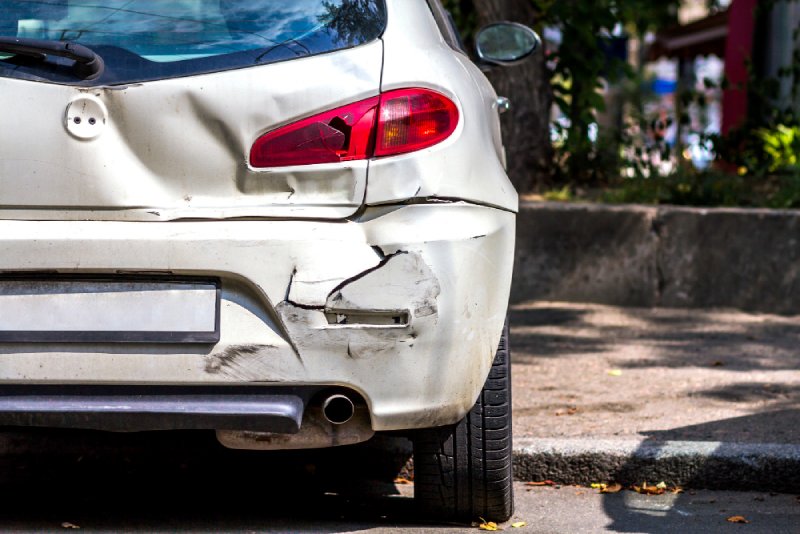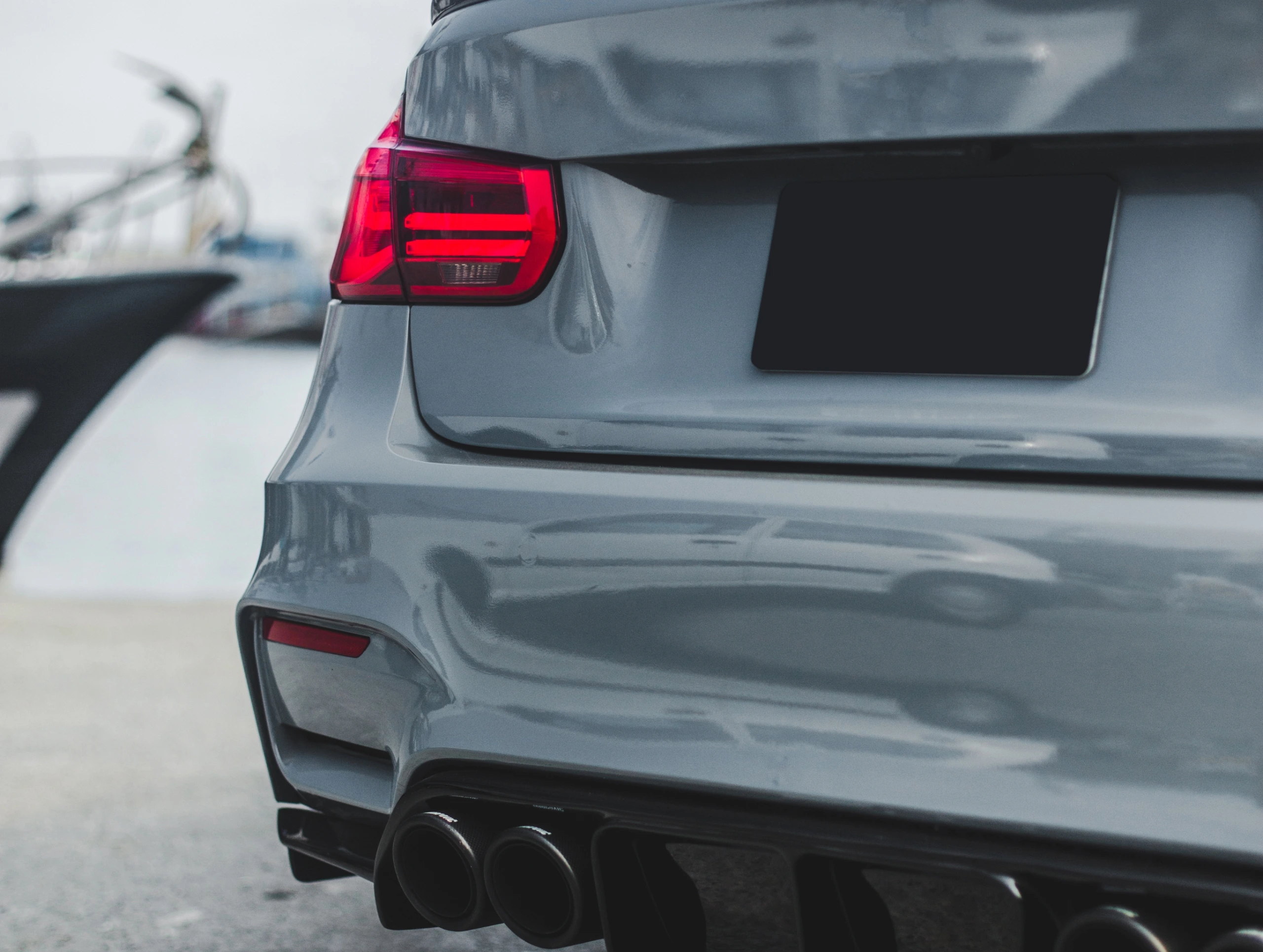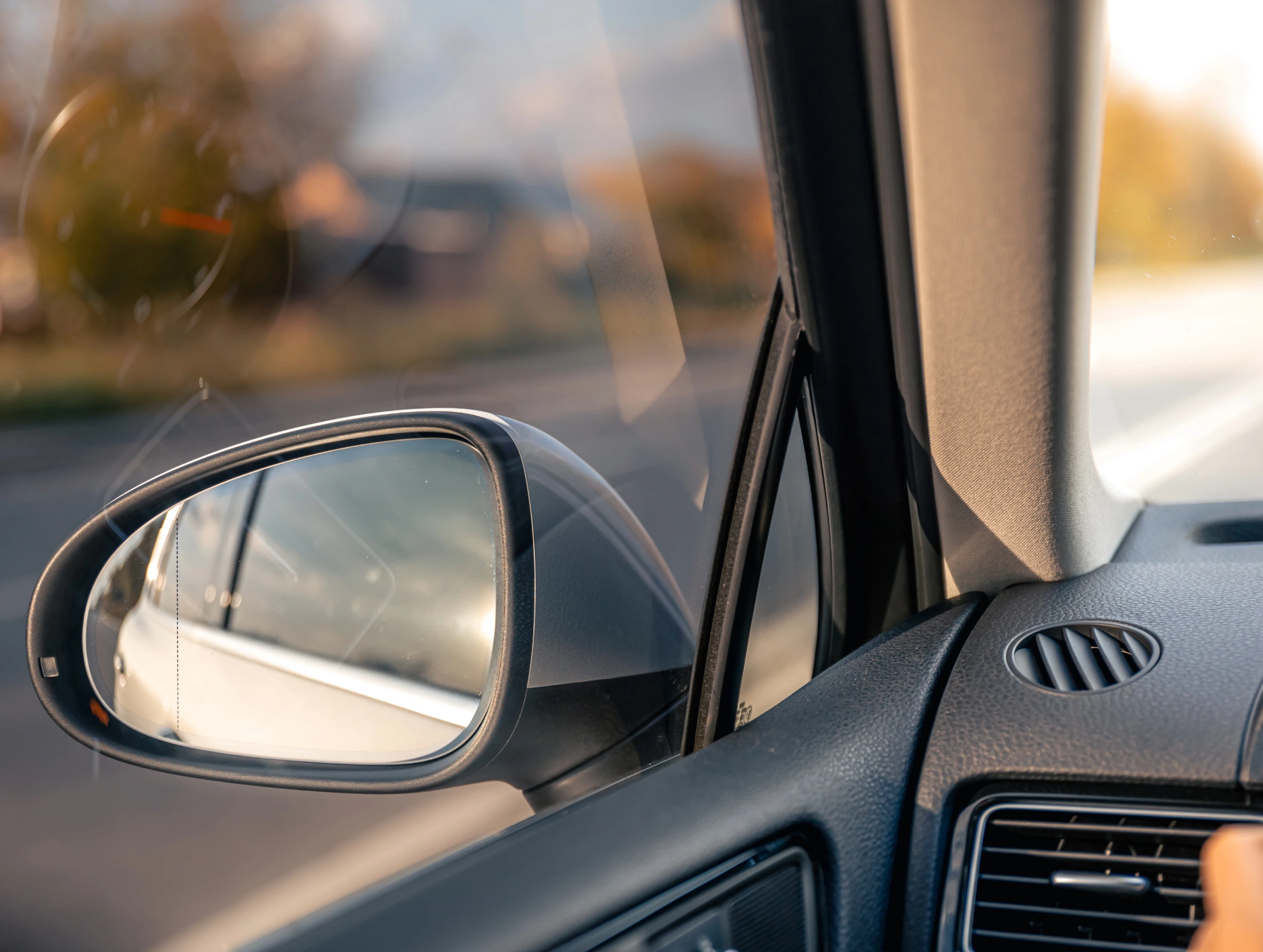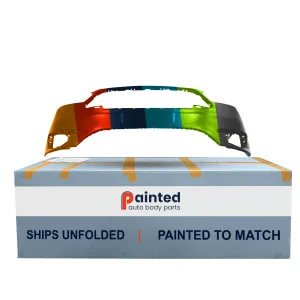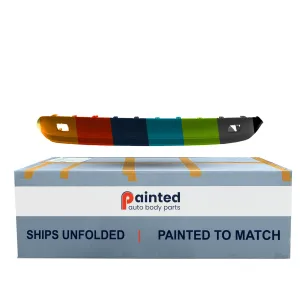Rear bumpers are designed to absorb impact and shield vital components during collisions. Unfortunately, this protective role also makes them the most frequently damaged exterior parts of a vehicle. From small parking mishaps to heavy rear-end collisions, bumper damage occurs in many forms, each with its own repair challenges and costs.
This guide explores the most common types of rear bumper damage, how to assess visible and hidden issues, and what repair solutions work best.
Key Takeaways:
- Scratches and scuffs affect appearance but rarely weaken bumper integrity.
- Dents and deformations alter contour and alignment, sometimes requiring reshaping or replacement.
- Cracks and breaks compromise strength and often demand full bumper replacement.
- Paint damage exposes material to corrosion and UV degradation if left untreated.
- Assessment requires both visual inspection and professional evaluation to uncover hidden issues.
- Repair options range from DIY fixes for light damage to professional services for major structural or cosmetic problems.
Types of Rear Bumper Damage
Rear bumper issues vary widely depending on material and impact severity. Understanding each type helps drivers choose the most effective repair approach.
Scratches and Scuffs
Minor scratches typically result from brushing against walls, shopping carts, or other vehicles. These blemishes affect the clear coat and may expose the primer when deeper. Scuffs often appear as dull streaks from rubber contact, which can be polished away with compounds.
While these marks rarely compromise structural integrity, they affect resale value and leave the car looking neglected. Correcting them early prevents dirt and moisture from worsening the damage.
Dents and Deformations
Plastic bumpers flex during impact, yet strong force creates visible dents that distort shape. Even small deformations disrupt alignment between the bumper and surrounding panels.
These defects can reduce aerodynamic efficiency and cause misalignment with trunk lids or taillights. In some cases, technicians use hot water or heat guns to restore the material's form, but larger indentations often require panel removal.
To understand dent severity, technicians usually look at:
- Depth of deformation: Shallow dents are easier to restore than sharp, deep ones.
- Material memory: Softer plastics rebound better, while harder composites may crack under stress.
Deformation repair quality depends on material elasticity, so not all dents can return to factory shape. If mounting brackets shift, even small dents may justify a full replacement.
Cracks and Breaks
Severe collisions often split bumpers, creating cracks that expand with vibration and temperature shifts. Breaks that extend through the surface compromise strength, increasing the risk of pieces detaching while driving.
Temporary adhesive fixes exist, but they rarely last. Structural fractures also allow moisture to enter, corroding internal reinforcements. For safety, most professionals recommend complete replacement once a crack reaches structural depth. This guarantees reliable protection in future impacts.
Paint Damage
Paint peeling, chipping, or bubbling weakens both aesthetics and durability. Stone chips and road debris remove topcoat layers, while harsh chemicals strip protective finishes. UV rays then fade exposed areas unevenly, leaving the bumper with discolored patches.
Correcting paint damage involves sanding, priming, color-matching, and refinishing. High-quality paint application restores both protection and showroom appearance.
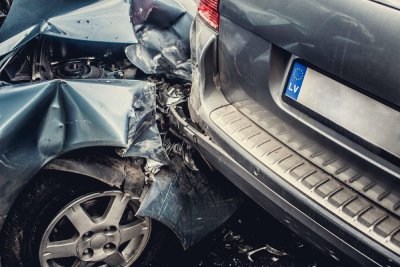
Assessment of Damage
A methodical evaluation separates superficial issues from deeper mechanical problems. Proper assessment ensures repairs address both appearance and safety.
Visual inspection techniques
Start by cleaning the bumper thoroughly to expose scratches and cracks. Strong lighting helps detect subtle surface changes. Running a hand along the panel often reveals distortions that the eye misses. Checking the symmetry between bumper edges and nearby panels also highlights hidden alignment problems.
Signs of underlying issues beyond surface damage
Some surface defects mask internal structural harm.
Key indicators of deeper issues include:
- Loose or uneven bumper fitment suggesting shifted brackets.
- Electrical malfunctions in sensors or license plate lighting after an impact.
- Unusual gaps or spacing between the bumper and body panels.
These signs often point to internal reinforcement damage or frame stress. Overlooking them leads to incomplete repairs and recurring issues.
Even when only cosmetic damage is visible, confirming bracket and mounting integrity prevents unexpected failures.
Importance of professional evaluation for extensive damage
Professional shops use diagnostic equipment to measure alignment and detect structural shifts. Specialists also inspect reinforcement beams hidden behind the bumper. If these components absorbed significant energy, they may no longer provide full protection in another collision.
By combining visual inspection with technical diagnostics, professionals deliver a reliable safety assessment that DIY checks cannot match.
Repair Options
Repair strategies depend on both damage severity and driver priorities. While minor cosmetic issues can be managed at home, professional intervention ensures precision and long-term reliability for extensive harm.
DIY repairs for minor damage
Home-based solutions provide value for light cosmetic issues. For scratches, touch-up paint pens matched to the vehicle code restore small blemishes. Light sanding followed by polishing compounds removes shallow scuffs. For shallow dents, applying heat with a hairdryer or heat gun softens the plastic, allowing gentle pressure from behind to push the panel back.
DIY methods work best when:
- Damage is superficial with no deep cracks.
- Alignment remains intact without gaps or loose edges.
Although these techniques reduce repair costs, they require patience. Inexperienced application risks worsening the defect or creating mismatched finishes.
Professional repair services
When facing deep cracks, large dents, or extensive paint damage, professional services deliver the most dependable results. Body shops employ specialized tools like plastic welders, dent-pulling systems, and precision spray booths. Technicians also guarantee paint blending that matches factory finish, something DIY kits often fail to achieve.
Beyond cosmetic restoration, shops check reinforcement beams and brackets for hidden weakness. In severe cases, they recommend full bumper replacement. Although more expensive, this approach ensures structural safety and preserves vehicle value.
Final Thoughts
Rear bumper damage takes many forms, from surface scratches to severe structural breaks. Accurate assessment distinguishes between cosmetic repairs and replacements that protect long-term safety. DIY fixes provide solutions for small imperfections, but professional evaluation becomes essential for deeper or structural harm.
For drivers planning a bumper replacement, sourcing quality parts makes all the difference. Painted Auto Body Parts delivers factory-matching bumpers quickly and affordably, giving your vehicle restored strength and a clean finish.
FAQs
How can I tell if a rear bumper needs replacement instead of repair?
- If the bumper shows deep cracks, structural separation, or alignment issues with the vehicle body, replacement usually offers better safety and long-term value than repair.
Can a heat gun really fix bumper dents?
- Heat application softens plastic, allowing minor dents to return closer to original shape. However, results vary, and large or sharp deformations often require professional intervention.
Does repainting a bumper affect resale value?
- Quality repainting that matches factory color enhances resale value by restoring appearance. Poorly blended or low-grade refinishing, on the other hand, can reduce buyer confidence.
